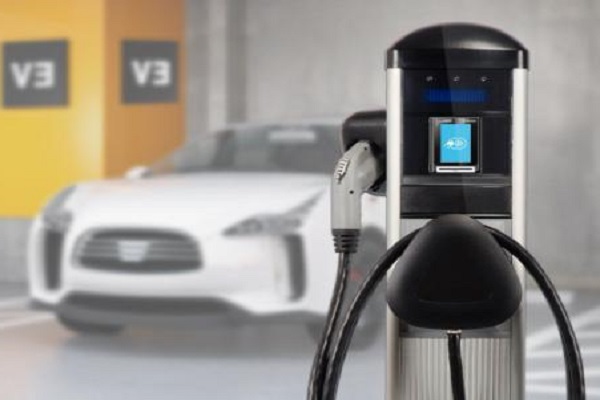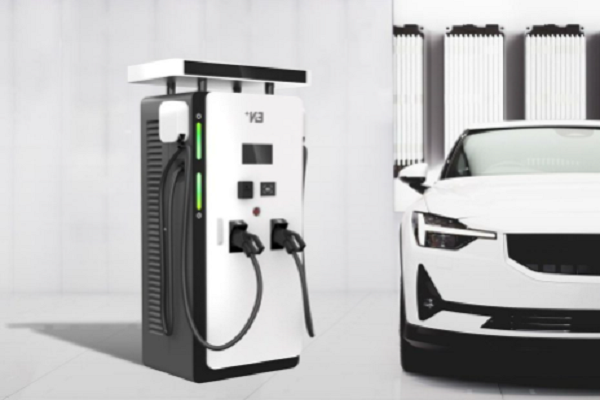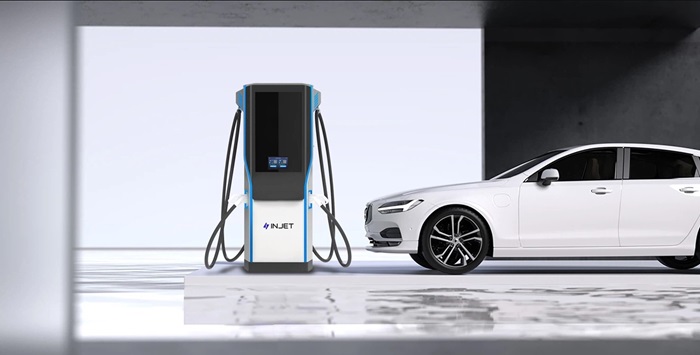Everything You Need to Know About Portable Level 3 EV Charger
The growing popularity of electric vehicles (EVs) has led to an increasing demand for convenient and efficient charging solutions. Among the various options available, portable Level 3 EV chargers are gaining significant traction due to their versatility and portability.
This essay will delve into the key aspects of portable Level 3 EV chargers, providing you with the necessary information to make an informed decision.
What is a Portable Level 3 EV Charger?
A portable Level 3 EV charger, also known as a portable DC fast charger or portable rapid charger, is a high-powered charging device designed to provide rapid charging for electric vehicles (EVs) while offering the flexibility of portability.
Unlike traditional Level 3 chargers, which are typically installed at fixed locations such as public charging stations, portable Level 3 chargers are compact and lightweight, allowing users to bring them along on trips or use them in locations where fixed charging infrastructure is unavailable.
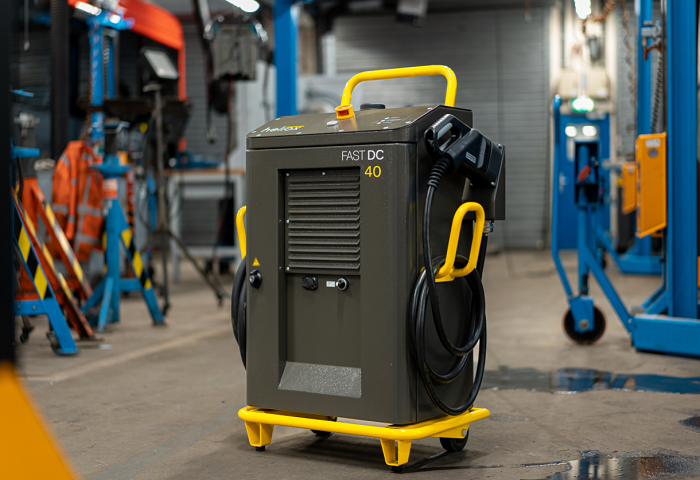
Understanding the power output of a level 3 charger
Level 3 chargers are characterized by their high power output, typically ranging from 50 kW to 350 kW or more, depending on the charger’s specifications and the capabilities of the EV being charged.
This high power output enables Level 3 chargers to deliver rapid charging speeds, allowing drivers to add hundreds of miles of range to their EVs in a matter of minutes. Portable Level 3 chargers maintain this high power output, providing rapid charging capabilities even when used in remote or off-grid locations.
Benefits of having a portable level 3 charger
Flexibility and Convenience: A portable Level 3 charger offers EV owners the flexibility to charge their vehicles quickly and conveniently wherever they go, whether they’re on a road trip, camping in a remote location, or attending an event with limited charging infrastructure. This flexibility eliminates range anxiety and provides peace of mind, knowing that rapid charging is available whenever needed.
Emergency Charging: In emergency situations such as power outages or natural disasters, a portable Level 3 charger can serve as a reliable backup charging solution, allowing EV owners to recharge their vehicles and maintain mobility even when traditional charging infrastructure is unavailable.
Travel and Exploration: For adventurers and outdoor enthusiasts, a portable Level 3 charger opens up new possibilities for travel and exploration by providing rapid charging capabilities in remote or off-grid locations. Whether exploring national parks, remote campsites, or scenic routes, EV owners can recharge their vehicles quickly and continue their journey with confidence.
Temporary Charging Solutions: Portable Level 3 chargers can be deployed temporarily for events, construction sites, or other temporary locations where fixed charging infrastructure is impractical or unavailable. These chargers offer a convenient and cost-effective solution for providing rapid charging capabilities in temporary or remote settings.
How Does a Portable Level 3 EV Charger Work?
A portable Level 3 EV charger, also known as a portable DC fast charger, operates similarly to fixed Level 3 charging stations but with the added convenience of portability. Here’s how it works:
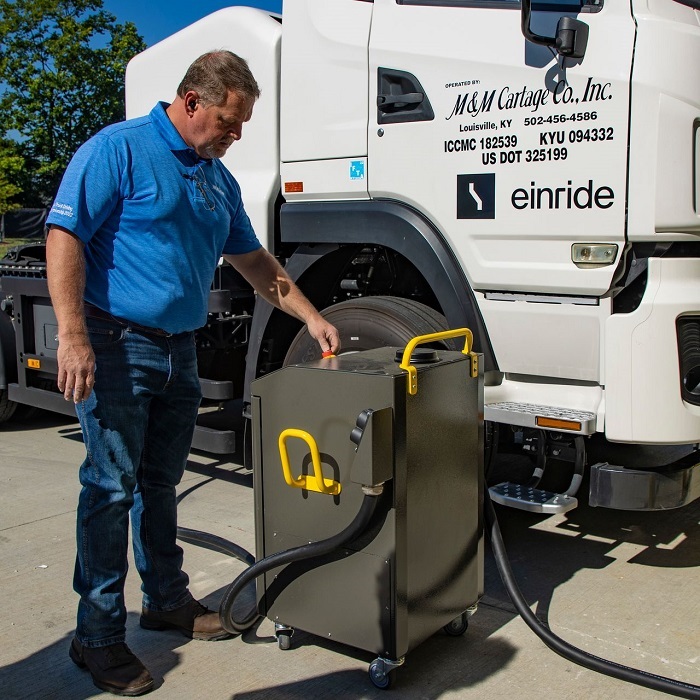
- Power Conversion: Like fixed Level 3 chargers, portable Level 3 chargers convert AC electricity from the grid into high-voltage DC electricity suitable for rapid charging. This conversion process typically involves internal converters and power electronics within the charger.
- Direct Current Output: Portable Level 3 chargers deliver high-voltage DC electricity directly to the electric vehicle’s battery, bypassing the vehicle’s onboard charger. This allows for faster charging rates compared to Level 2 chargers, which supply AC electricity to the vehicle’s onboard charger for conversion into DC.
- Connector Compatibility: Portable Level 3 chargers are equipped with connector types compatible with Level 3 charging standards, such as CHAdeMO or CCS (Combo Connector). This ensures compatibility with a wide range of electric vehicles that support fast DC charging.
- Portable Design: The portable design of Level 3 chargers allows them to be easily transported and used in various locations, including remote or off-grid areas. They are typically compact, lightweight, and equipped with handles or carrying cases for convenience.
- Depending on the model and application, portable Level 3 chargers can receive their power from a variety of sources, including standard electrical outlets, portable generators, or solar panels. This versatility enables EV owners to recharge their vehicles quickly and conveniently wherever they go.
Overall, a portable Level 3 EV charger offers the same rapid charging capabilities as fixed Level 3 charging stations but with the added flexibility of portability, allowing EV owners to charge their vehicles quickly and conveniently in diverse locations and situations.
Comparing level 3 charging stations to level 2 chargers
Level 3 charging stations and Level 2 chargers differ significantly in terms of charging speed, power output, and technology:
Level 3 charging stations and Level 2 chargers are both used to replenish the batteries of electric vehicles (EVs), but they differ significantly in speed, cost, and availability.
| Feature | Level 3 Charging Station | Level 2 charger |
|---|---|---|
| Charging Speed | Very fast (minutes), 15–30 minutes | Moderate (hours), up to 10–60 miles of range per hour |
| Cost | More Expensive | Less Expensive |
| Power Output | Higher power levels, charging rates ranging from 50 kW to 350 kW or more | Lower power levels, usually around 240 volts AC and up to 80 amps |
| Availability | Limited (highways, charging stations) | More common (public places, homes) |
| Connector Type | Using specialized connector types compatible with DC fast charging standards, such as CHAdeMO or CCS (Combo Connector). | Using standard connectors such as J1772 for AC charging, which are commonly found in residential, commercial, and public charging locations. |
The technology behind DC fast charging
DC fast charging technology enables rapid charging of electric vehicles by delivering high-voltage direct current (DC) electricity directly to the vehicle’s battery. Here’s an overview of the technology:

- Converter: DC fast chargers contain internal converters that convert AC electricity from the grid into DC electricity suitable for charging the vehicle’s battery. This conversion process involves rectification and voltage regulation to ensure the output meets the vehicle’s charging requirements.
- High-Voltage Output: DC fast chargers deliver high-voltage DC electricity directly to the vehicle’s battery, bypassing the vehicle’s onboard charger. This allows for faster charging rates compared to AC charging, where the onboard charger converts AC electricity into DC for charging the battery.
- Communication Protocols: DC fast chargers communicate with the vehicle’s onboard systems to negotiate charging parameters such as voltage, current, and charging rate. This communication ensures safe and efficient charging operations and prevents overcharging or damage to the vehicle’s battery.
- Cooling Systems: DC fast chargers often incorporate advanced cooling systems to dissipate heat generated during the charging process, ensuring optimal performance and reliability. These cooling systems may include fans, heat sinks, or liquid cooling systems to maintain the charger’s temperature within safe limits.
Why Choose a Portable Level 3 EV Charger?
Portable Level 3 EV chargers offer several advantages, making them a compelling choice for electric vehicle owners.
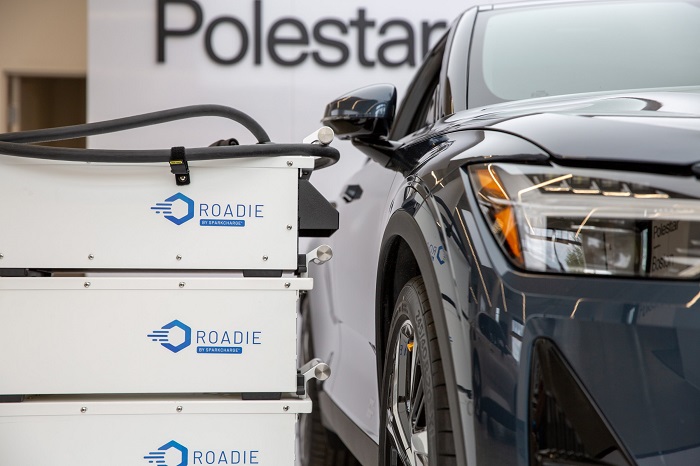
Advantages of fast charging for electric vehicles
- Significantly Reduced Charging Times: Level 3 chargers offer the fastest charging speeds, replenishing a substantial portion of your battery (often up to 80%) in just 20–30 minutes. This is a game-changer for long trips, eliminating the need for extended stopovers.
- Increased Flexibility: Faster charging allows for more spontaneous travel without worrying about being tethered to a charger for hours.
- Reduced Range Anxiety: With the ability to quickly top up your battery, you can feel more confident about venturing on longer journeys without the fear of running out of power.
The Convenience of owning a level 3 charger for your electric car
The convenience of Owning a Level 3 Charger for Your Electric Car:
- On-the-Go Charging: A portable Level 3 charger allows EV owners to charge their vehicles quickly and conveniently wherever they go, regardless of fixed charging infrastructure limitations or availability. Whether on a road trip, camping adventure, or urban commute, portable Level 3 chargers offer peace of mind knowing that rapid charging capabilities are always within reach.
- Flexibility in Charging Locations: With a portable Level 3 charger, EV owners are not limited to specific charging locations or networks. They can recharge their vehicles at a variety of locations, including remote or off-grid areas where fixed charging infrastructure may be scarce or unavailable. This flexibility expands the range of destinations and travel routes accessible to electric vehicle drivers.
- Emergency Charging Solution: A portable Level 3 charger serves as a reliable backup charging solution in emergency situations such as power outages, natural disasters, or unforeseen circumstances where access to fixed charging infrastructure is disrupted. Having a portable Level 3 charger ensures that EV owners can maintain mobility and access essential services, even in challenging circumstances.
What to Consider Before Buying a Portable Level 3 EV Charger?
Investing in a portable Level 3 EV charger requires careful consideration of several factors to ensure compatibility, efficiency, and cost-effectiveness. Here’s what to consider before making a purchase:

- Compatibility with different electric vehicle models
Ensure that the portable Level 3 charger is compatible with a wide range of electric vehicle models. Check for compatibility with different charging standards such as CHAdeMO, CCS (Combo Connector), and Tesla Supercharger, as well as compatibility with various battery capacities and voltage requirements.
Verify that the charger’s connector type matches your electric vehicle’s charging port to ensure a secure and efficient connection.
- Charge time and efficiency of level 3 charging
Evaluate the charge time and efficiency of the portable Level 3 charger to determine its effectiveness in rapidly charging your electric vehicle.
Look for chargers with high-power output and fast charging rates, as well as efficient power conversion and cooling systems to optimize charging performance.
Consider real-world charging scenarios and how quickly you need to recharge your EV when assessing the charger’s charging speed and efficiency.
- Cost comparison between level 2 and level 3 chargers
Compare the upfront cost and long-term value proposition of a portable Level 3 charger with that of a Level 2 charger.
While Level 3 chargers typically have higher initial costs, they offer significantly faster charging speeds and greater convenience, especially for frequent EV drivers and long-distance travelers.
Evaluate the potential savings and benefits of investing in a portable Level 3 charger, such as reduced charging time, increased flexibility, and convenience, compared to a Level 2 charger.
- Benefits for frequent EV drivers
Assess the benefits of owning a portable Level 3 charger for your specific needs as a frequent EV driver.
Consider factors such as convenience, flexibility, and peace of mind knowing that rapid charging capabilities are available wherever you go, regardless of fixed charging infrastructure limitations or availability.
Evaluate how often you travel long distances or rely on public charging infrastructure to determine the value of having a portable Level 3 charger for your EV.
How to Properly Use a Portable Level 3 EV Charger?
As we’ve established, portable Level 3 EV chargers don’t currently exist due to the immense power requirements and limitations of current technology. However, let’s explore the proper usage and best practices for portable Level 2 chargers, a more realistic option for on-the-go EV charging.
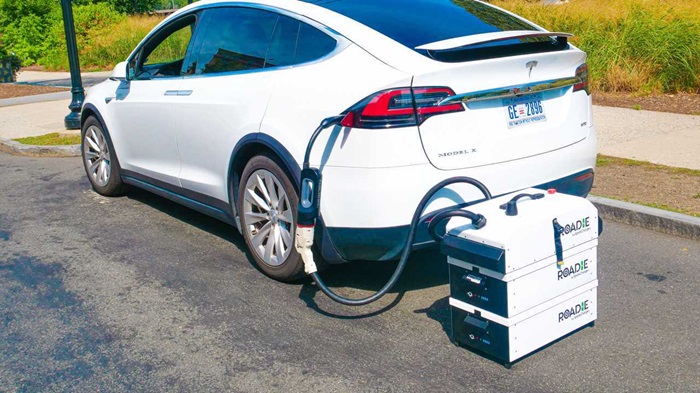
Steps to safely and effectively charge an electric vehicle
Portable Level 2 chargers are a convenient way to charge your electric vehicle at locations without built-in charging stations. Here’s a guide for safe and effective use:
- Preparation: Park your car in a convenient location with access to a standard 120-volt or 240-volt outlet (depending on your charger’s capabilities).
- Charger Inspection: Before use, do a quick visual inspection of your charger for any damage to the cable, connectors, or housing.
- Connection: Uncoil the cable and connect the charger plug to a compatible outlet. Then, connect the other end (usually a J1772 connector) to the charging port on your vehicle.
- Charging Initiation: Most chargers will indicate a charging connection through a light or display on the unit. Consult your charger’s manual for specific instructions.
- Monitoring: You can monitor the charging progress through the car’s instrument panel or an app (if your charger model offers such features).
- Disconnection: Once charging is complete, disconnect the charger from the car first, then from the wall outlet.
Tips for maximizing the performance of your level 3 charger
- Outlet Voltage: If possible, use a 240-volt outlet for faster charging compared to a standard 120-volt outlet.
- Environmental Factors: Extremely hot or cold temperatures can affect charging efficiency. Ideally, charge in a moderate climate.
- Cable Length: Choose a charger with a cable length that comfortably reaches the outlet from your parked car.
- Proper Storage: When not in use, store your charger in a cool, dry place to protect the cables and components.
Remember: Always refer to the specific instructions and safety precautions outlined in your portable charger’s manual.
Portable Level 3 EV chargers offer a convenient and efficient solution for EV owners who value fast charging times and flexibility. By carefully considering the factors discussed above, you can choose the right portable Level 3 charger that meets your specific needs and budget.
As the EV market continues to evolve, portable Level 3 chargers are poised to play an increasingly important role in facilitating widespread EV adoption.

Henry Michael is a leading expert in EV charging station research, specializing in innovative solutions for electric vehicle infrastructure. With a passion for sustainability and technological advancement, he is dedicated to advancing the accessibility and efficiency of EV charging worldwide.


